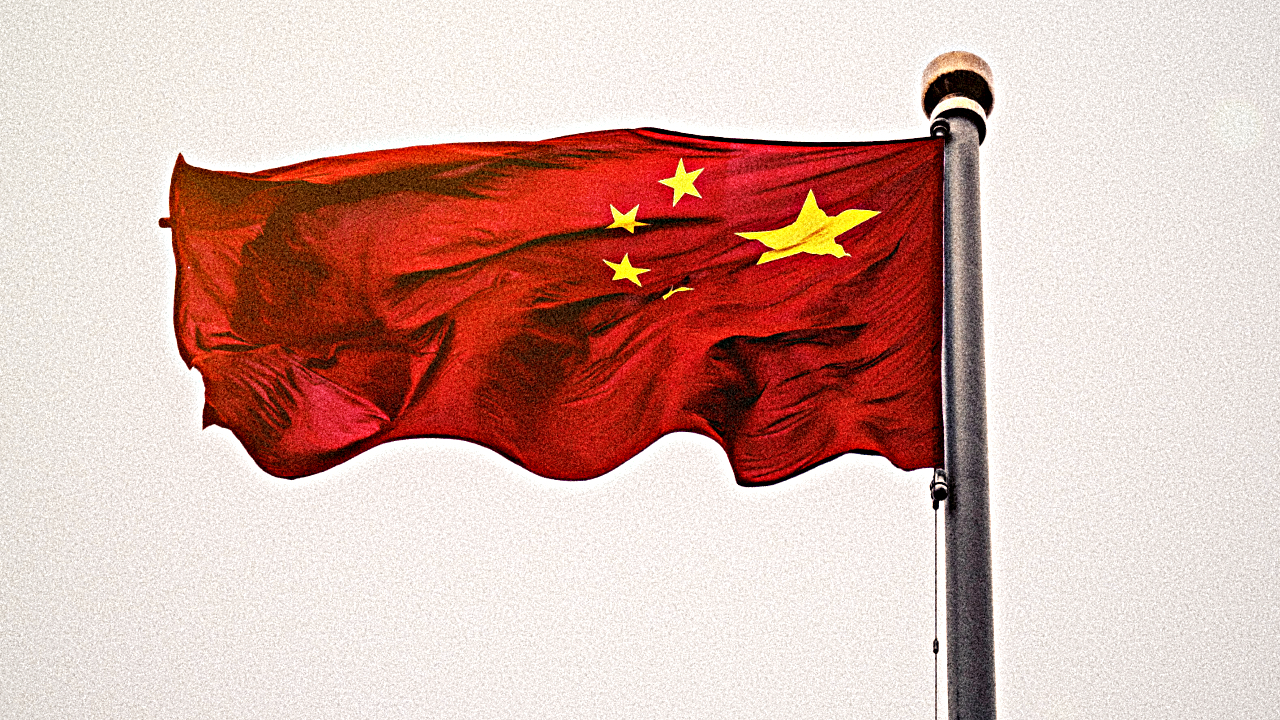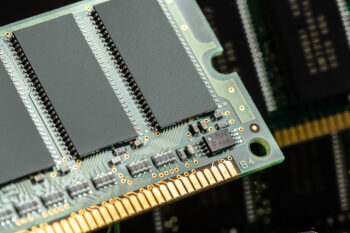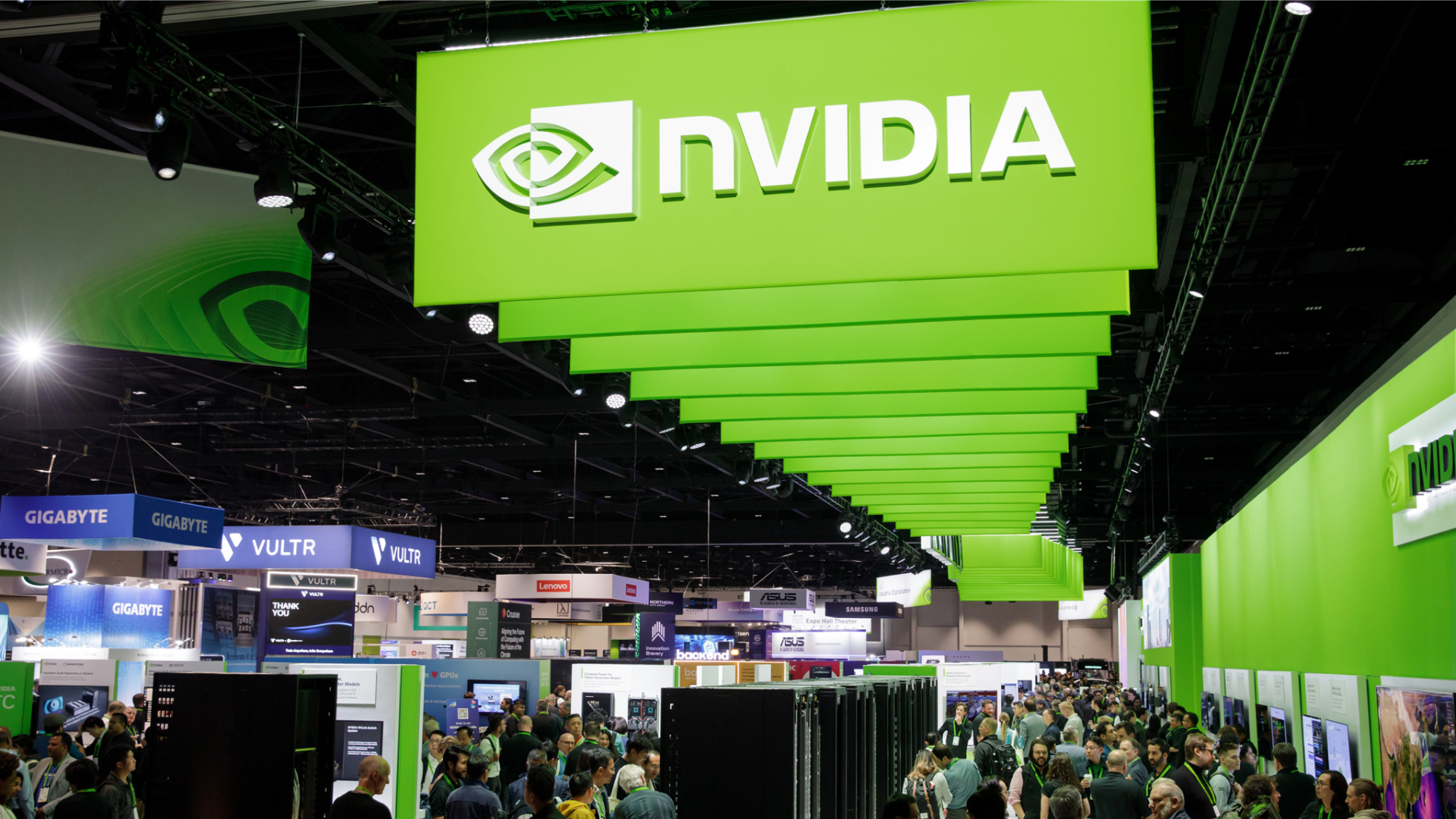When Chinese state-owned defence giant Norinco unveiled the P60, an autonomous combat support vehicle, in February, the key element was not the armour, but its decision-making system. Capable of autonomous operations at 50 km/h, the vehicle was powered by a language model from DeepSeek – the technological pride of China’s AI sector.
The presentation, publicised by party officials, is much more than a one-off show of force. It is a public demonstration of Beijing’s systematic effort to integrate commercial artificial intelligence into the military, with the aim of closing the gap with the US in the technological arms race. A Reuters analysis of hundreds of tender documents, patents and research papers gives an insight into the scale of these ambitions, which include autonomous target recognition and real-time battlefield decision support.
The centrepiece of this strategy is now becoming DeepSeek. A review of this year’s orders placed by affiliates of the People’s Liberation Army (PLA) shows the growing popularity of this model, which appears in documents far more often than the rival Qwen from Alibaba. Washington is under no illusions about the nature of this cooperation. A US State Department spokesperson stated that DeepSeek “has willingly provided, and is likely to continue to provide, support for Chinese military and intelligence operations”. This is part of Beijing’s broader strategy, described as “algorithmic sovereignty” – independence from Western technology.
AI applications go far beyond autonomous vehicles. Chinese researchers are working on drone swarms, psami-robots and advanced simulations. Researchers at Xi’an Technological University described in May a DeepSeek-based system capable of assessing 10,000 battlefield scenarios in 48 seconds. This task, they claim, would take a conventional planning team 48 hours.
However, this technological leap faces a fundamental obstacle: hardware. Despite the move towards self-sufficiency, the Chinese military and related research institutions still rely on US chips. Tender documents and patents, filed even in June, still point to the use of Nvidia’s A100 processors, subject to US export restrictions from September 2022.
Nvidia downplayed these reports, suggesting that “recycling small quantities of old, used products does not raise any national security concerns”. At the same time, pressure is mounting for national solutions. Sunny Cheung of the Jamestown Foundation, analysing data from the PLA’s bidding network, has seen a marked increase in the number of contractors declaring to use only Chinese hardware, such as Huawei’s Ascend AI chips, in 2025.
Beijing is playing the game on two fronts. On the one hand, it is aggressively implementing its best domestic AI models into combat systems. On the other, it is trying to cut the umbilical cord linking it to Western semiconductors. The race for autonomous weapons, in which the US is also participating by deploying thousands of its own drones, has entered a decisive phase.












